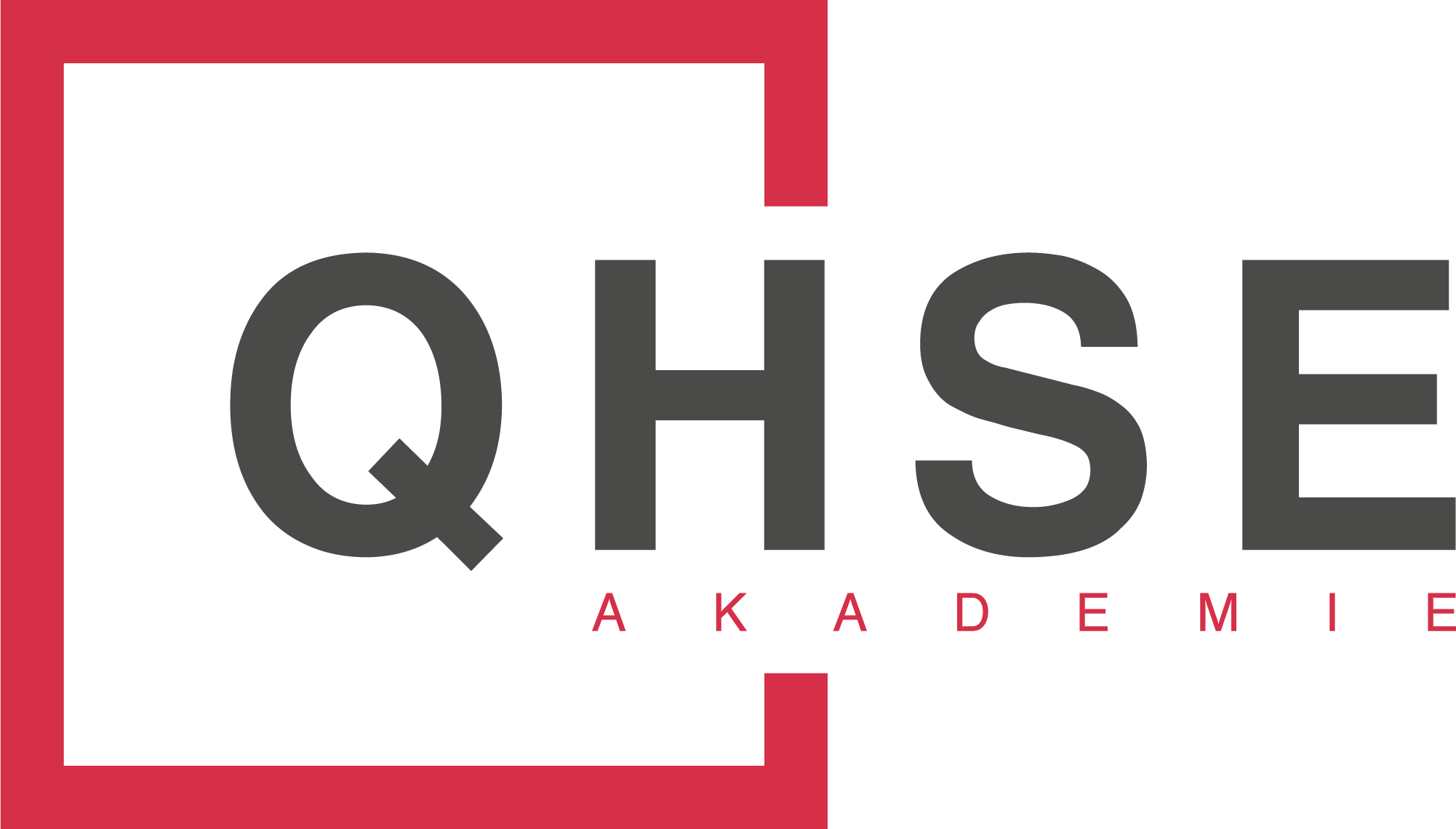Occupational health and safety management systems
The goal of occupational health and safety management systems is to reduce the risk of accidents, occupational diseases, and environmental incidents through the safety-conscious behavior of employees.
This concept also supports cost-effectiveness, as the reduction in the number of incidents naturally results in financial relief for companies.
The most important occupational health and safety management systems are
DIN EN ISO 45001 - Management systems for safety and health at work
The DIN ISO 45001 is the successor standard to OHSAS 18001. This standard, originally developed in the United Kingdom, has now been adopted internationally, including in Germany. It shares the same basic structure as ISO 9001 and ISO 14001 and is based on ILO-OSH 2001. It is well-suited as a foundation for an Integrated Management System covering quality, occupational health and safety, and environmental aspects.
SCC/SCP - Safety Certificate Contractors
The "Safety Certificate Contractors" (SCC) was developed as a certification system for safety-critical industries (e.g., chemical and petroleum processing) for contractors working on their premises. It integrates the areas of occupational safety, health, and environmental protection. This framework is now internationally applicable to manufacturers and service providers in various industries (e.g., power plants), as it considers specific industry requirements during certification.
For contractors, there are three levels within this framework:
- Safety Certificate Contractors - SCC*
This is a certification with limited scope for companies with up to 35 employees that do not subcontract technical services. The focus of this certification is the assessment of occupational health and safety management activities directly at the workplace. This includes an on-site audit evaluating the level of occupational safety during the execution of tasks at the client's site.
- Safety Certificate Contractors - SCC**
This is the unrestricted certification for companies with more than 35 employees and for those with fewer than 35 employees that subcontract technical services.
In addition to evaluating occupational health and safety management activities directly at the workplace, the focus of this certification is the implementation of these activities within the company. This includes an on-site audit assessing the level of occupational safety during the execution of tasks at the client's site. - Safety Certificate Contractors - SCCP
This is the unrestricted certification for companies with more than 35 employees and for those with fewer than 35 employees that subcontract technical services, and that also have to meet specific requirements from the petrochemical industry or refineries.
For personnel service providers (temporary employment agencies), there is a separate framework:
The Safety Certificate Contractors (SCP) is an occupational health and safety management system recognized by the German Accreditation Body (DakkS). Originally developed and used in the Netherlands by local oil companies to enhance the level of occupational safety when employing personnel from temporary employment agencies. Today, many oil companies, power plant operators, network operators, and numerous chemical companies expect their contractors (Contraktoren) to have this certification. If these contractors use personnel from temporary employment agencies, they must also possess the corresponding certification (exceptions are possible).
AMS Bau - Occupational health and safety management system for the construction industry
This occupational health and safety management system is a sector-specific occupational health and safety management system for member companies of the German Social Accident Insurance Institution for the construction industry (BG BAU). The AMS BAU concept is based on the "National Guidelines for Occupational Health and Safety Management Systems (NLF)" adopted in the Federal Republic of Germany in June 2002.
qu.int.as - Quality with integrated occupational safety
The implementation aid developed by the Institution for Statutory Accident Insurance and Prevention in the Health and Welfare Services (BGW) is intended for businesses in the healthcare sector (e.g., hospitals, nursing homes, and medical practices) that aim to systematically organize the safety and health of their employees at work. This is an independent occupational health and safety management system that is integrated into an existing quality management system according to DIN EN ISO 9001. Member companies of BGW can apply for a quality seal for their qu.int.as







